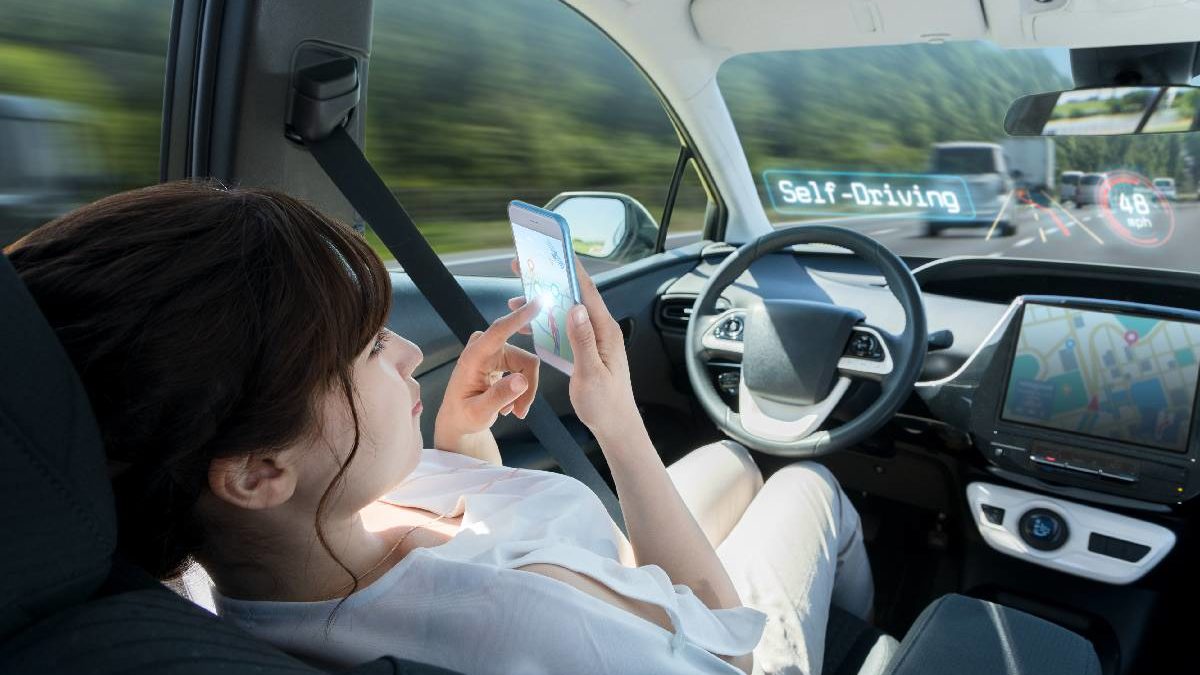Table of Contents
Self Driving Cars
The self driving cars are no longer a thing of the future. News that talks about billion-dollar investments in research and development.
About partnerships between companies to test their technologies or the first tests carried out on open sections with real traffic, are becoming more common.
However, the electric car raises unknowns . When will entirely self-driving cars arrive? How will they affect mobility? Will services be created from this technology? Hundreds of issues surround the phenomenon of the self driving car today. It is all you essential to know about self driving vehicles.
5 levels of Self Driving Cars
Many brands promote their safety systems by saying that their vehicles have a level 2 of autonomy, but what exactly is this level 2?
- The American Society of Automotive Engineers (SAE) created a scale of five degrees of independence that has been extending around the world to
classify the technology that each car has. - In this sense, it starts at level 0, which designates cars without driving assistance, and it goes up to level 4. At level 1, vehicles include automatic emergency braking or lane departure warning, but in no case can it be considered an autonomous car.
- At level 2, cameras and sensors can keep the car in the lane and accurately calculate distances, although the driver must always keep his hands on the wheel. Systems like Nissan’s ProPilot or Tesla’s Autopilot can be considering level 2.
- Level 3 includes the self driving overtaking, driving the intermittent and changing lanes. In this step, the driver can let go of the steering wheel in traffic jams and on stretches of road at speed lower than 60 kilometers per hour. However, the driver’s attention is required. Finally, level 4 is that of total autonomy, the driver can sleep with the car running.
Investments in infrastructure
- Ford, General Motors, Uber, Apple Google, Lyft, and a long list of companies invest a lot of money in developing self-driving technology. It’s almost like a race, in which the first to arrive gets the best part. But not only large companies are working to achieve
- Self-driving, projects such as Inframix, carried out by 11 European companies and institutions. Seek to develop the necessary infrastructure for autonomous cars, focusing on communication between vehicles and the road thanks to 5G communication to make circulation safer.
What about insurance?
- According to DGT, 90% of accidents cause human errors, so self-driving cars could drastically reduce accidents on the roads, so insurance will have to be reinventing.
- Success, insurance comparing, and new liability parameterizing must recognize that both the travelers, the technology, and the car branding will be involved.
Will I need a driver’s license?
- Rendering to the legislation of each country, this question may have variable answers. For example, a distinction between non-automated, highly automated, and fully automated cars will be making in the UK.
- The documentation required to drive one or travel in another will vary depending on the type of vehicle.
Will all cars be autonomous?
- In the very detached future, it can be assuming that it is. Until then, estimates argue that, between 2030 and 2040.
- The market share of autonomous vehicles will be around 25% of the total. So that three-quarters of the global fleet will continue to be driven by humans.
Will they solve mobility problems?
- Autonomous vehicles will have enough technology to review traffic in real-time. And choose the most appropriate routes to reach the destination by time and conditions. Also, avoiding unnecessary braking and respecting measures such as the safety distance.
- Which actively participate in the formation of traffic jams, the autonomous vehicle will make traffic move more efficiently. Especially in large cities, significantly improving mobility.

